Who decides war in war has historically been much more than https://whodecideswars.com/ mere fabric stitched together; it is a statement of identity, functionality, and strategy. War clothing—or military uniforms—has evolved over centuries, reflecting technological advances, cultural nuances, and strategic requirements. But who actually decides what soldiers wear into battle? The answer lies at the intersection of military leadership, cultural traditions, and advancements in material science.
In this exploration, we’ll dive into the fascinating world of military attire, examining the individuals and systems that dictate its design, the factors influencing these decisions, and how these choices shape the experiences of soldiers on the battlefield.
A Historical Perspective: The Evolution of War Clothing
Early Warriors and Cultural Roots
In ancient times, warriors wore attire that was deeply tied to their culture and environment. For example, Roman legionaries donned armor made of overlapping iron plates (lorica segmentata), reflecting the Empire’s advanced metallurgy. On the other hand, the Spartans famously favored red cloaks to mask their blood, symbolizing their commitment to fighting to the death.
The decision-makers of these outfits were often tribal or military leaders, who prioritized protection, intimidation, and symbolic elements. The materials used—leather, bronze, or textiles—were dictated by availability, climate, and the craftsmanship of local artisans.
The Rise of Standardization
The idea of standardized military uniforms emerged in the early modern period, particularly in Europe. Monarchs and generals began to see the strategic advantage of uniformity, which helped in identifying allies and enemies in the chaos of battle. In this era, uniforms also became a way to project national identity and pride.
Kings, military advisors, and quartermasters played a central role in designing these uniforms. For example, during the Napoleonic Wars, Napoleon Bonaparte himself had significant influence over the design of his army’s attire, ensuring that it conveyed discipline and elegance while maintaining functionality.
Key Players in Designing Military Attire
1. Government and Military Leaders
High-ranking officials, including defense ministers and generals, are often the ultimate decision-makers when it comes to military attire. They consider strategic needs, budget constraints, and symbolic elements. These leaders work closely with procurement departments to ensure that uniforms meet the specific requirements of their armed forces.
For example, during World War II, British military leaders collaborated with scientists to develop uniforms that could withstand the harsh climates of North Africa. Similarly, the U.S. military adopted specific camouflage patterns during the Vietnam War to adapt to jungle warfare.
2. Material Scientists and Technologists
Advancements in science and technology have profoundly influenced military clothing. Material scientists play a pivotal role in developing lightweight, durable, and protective fabrics. For instance, Kevlar, a material invented in the 1960s, revolutionized body armor by offering high resistance to bullets while being relatively light.
These scientists often collaborate with military research divisions to test and refine materials. Decisions about the inclusion of such innovations are made after extensive testing and consultation with military leaders.
3. Designers and Tailors
While functionality is paramount, aesthetics and practicality also matter. Designers and tailors translate the strategic needs of military leaders into wearable attire. They must balance factors such as mobility, ease of production, and cultural symbolism.
One example is the iconic red coat of the British Army, chosen during the 17th century not just for its striking appearance but also because red dye was relatively inexpensive and available.
4. Feedback from Soldiers
Modern militaries often include feedback loops where soldiers contribute their experiences with uniforms. Soldiers’ input is crucial, as they are the ones who endure the physical demands of wearing the attire during training and combat.
For instance, during the Iraq War, U.S. soldiers reported issues with overheating due to their uniforms, leading to the development of more breathable and adaptable designs.
Factors Influencing the Decision-Making Process
1. Functionality and Protection
who decides war primary purpose of military clothing is to protect soldiers. This includes protection from the environment (e.g., cold, heat, or rain) and threats such as bullets, shrapnel, or chemical agents. The introduction of flame-resistant fabrics and advanced body armor highlights the importance of functionality.
2. Camouflage and Concealment
In modern warfare, blending into the environment can mean the difference between life and death. Camouflage patterns are designed based on the terrain where operations will take place, whether it’s a desert, forest, or urban setting.
The decision to adopt specific patterns often involves input from military strategists, field commanders, and textile experts. For example, the Multicam pattern, adopted by several militaries worldwide, was designed to function in multiple environments, reducing the need for multiple uniforms.
3. Cultural and National Identity
Military uniforms often serve as symbols of national pride and identity. Decisions about colors, insignias, and accessories are influenced by a country’s history and traditions. For instance, the French Foreign Legion’s iconic kepi (hat) and the ceremonial attire of the Swiss Guard at the Vatican are steeped in historical significance.
4. Budget Constraints
Military budgets play a significant role in deciding the quality and quantity of uniforms. Governments must balance the need for high-quality materials with the costs of mass production. In some cases, budget constraints lead to compromises in durability or comfort, which can affect soldiers’ performance.
5. Global Trends and Alliances
Alliances such as NATO often influence uniform design, as member nations seek interoperability in joint operations. who decides war includes adopting similar camouflage patterns or equipment standards to enhance coordination.
The Role of Innovation in Shaping War Clothing
Smart Fabrics and Wearable Technology
The future of war clothing lies in the integration of technology. Smart fabrics equipped with sensors can monitor a soldier’s vital signs, detect chemical threats, or even generate energy. For example, the U.S. Army’s Tactical Assault Light Operator Suit (TALOS) aims to provide soldiers with exoskeleton-like capabilities, enhancing strength and endurance.
Environmental Adaptability
With climate change altering the landscapes of war, militaries are investing in uniforms that can adapt to extreme temperatures, rain, and other environmental challenges. Reversible uniforms, for instance, allow soldiers to switch between different camouflage patterns depending on their surroundings.
Ethical and Sustainable Practices
As global awareness of environmental issues grows, some militaries are exploring sustainable practices in uniform production. This includes using recyclable materials and reducing the carbon footprint of manufacturing processes.
Challenges in Military Uniform Design
Balancing Tradition and Modernity
One of who decides war biggest challenges is maintaining a connection to historical traditions while adopting modern innovations. For example, ceremonial uniforms often retain historical elements, while combat uniforms prioritize practicality.
Adapting to Asymmetric Warfare
In today’s era of asymmetric warfare, where enemies are often non-state actors, the lines between combatants and civilians blur. This presents challenges in designing uniforms that are functional in unconventional battlefields such as cities or mountainous terrains.
Addressing Gender and Diversity
As militaries worldwide become more diverse, there is a growing need to design uniforms that cater to all body types and genders. This involves rethinking traditional designs to ensure inclusivity and comfort for all soldiers.
Conclusion: A Collaborative Effort
The process of deciding war clothing is a complex and collaborative effort involving military leaders, scientists, designers, and soldiers. It requires balancing functionality, protection, and symbolism while adapting to the ever-changing nature of warfare.
As technology advances and societal values evolve, so too will the attire of those who serve on the front lines. Ultimately, war clothing is not just about fabric and design; it is a reflection of the values, priorities, and resilience of the nations and individuals it represents.
Through who decides war intricate process, military uniforms continue to serve as both a shield and a symbol, protecting soldiers while embodying the spirit of their cause.

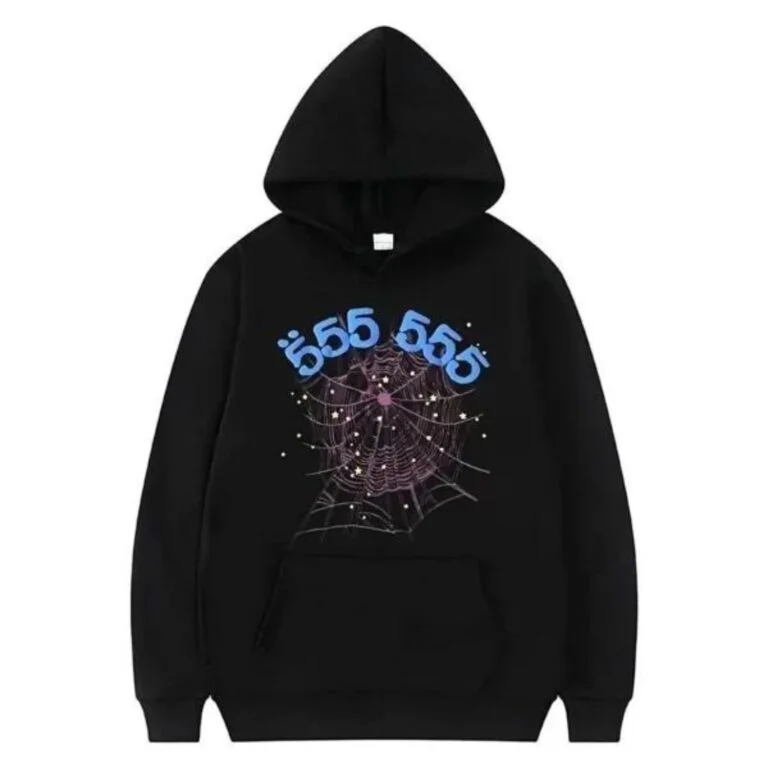

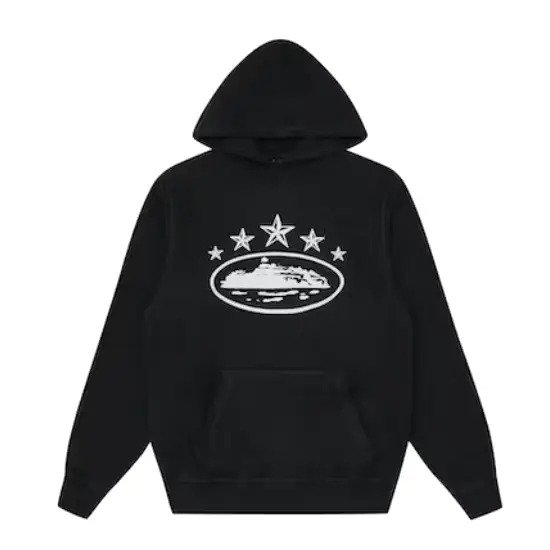
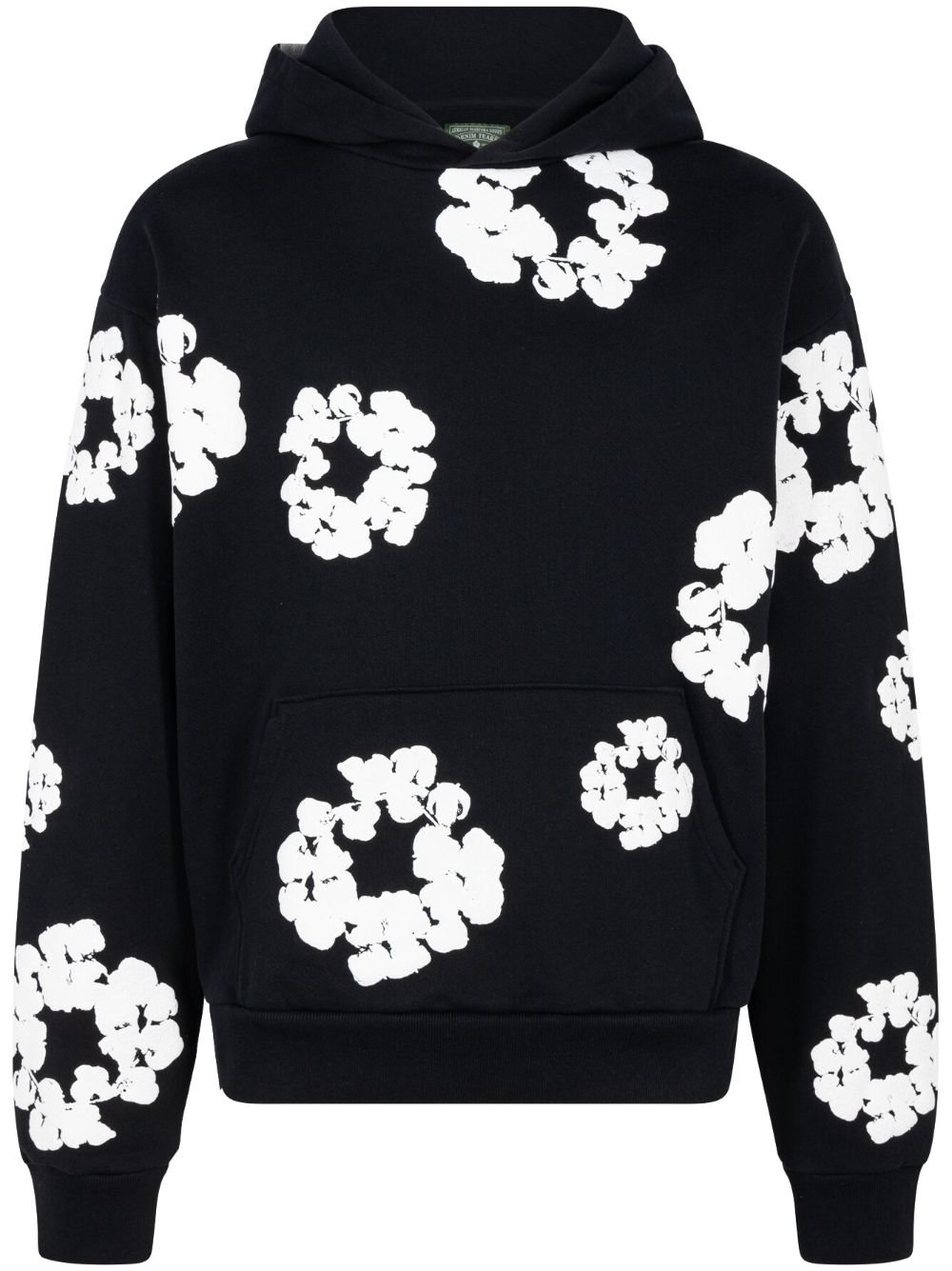
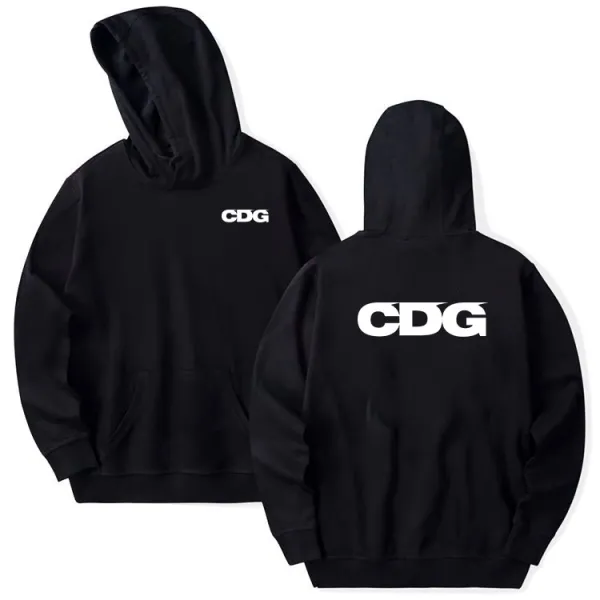
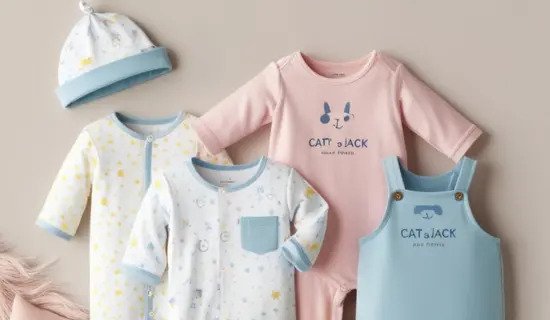




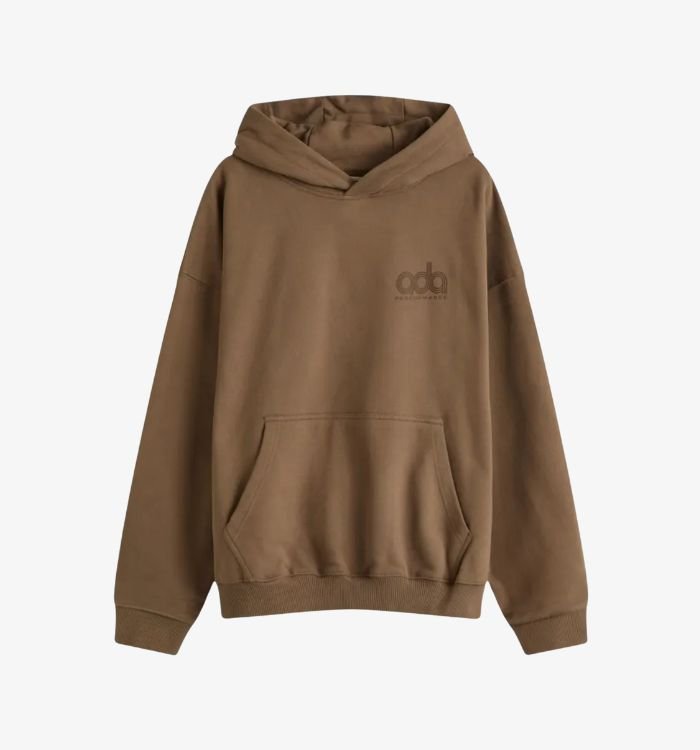




Leave a Reply